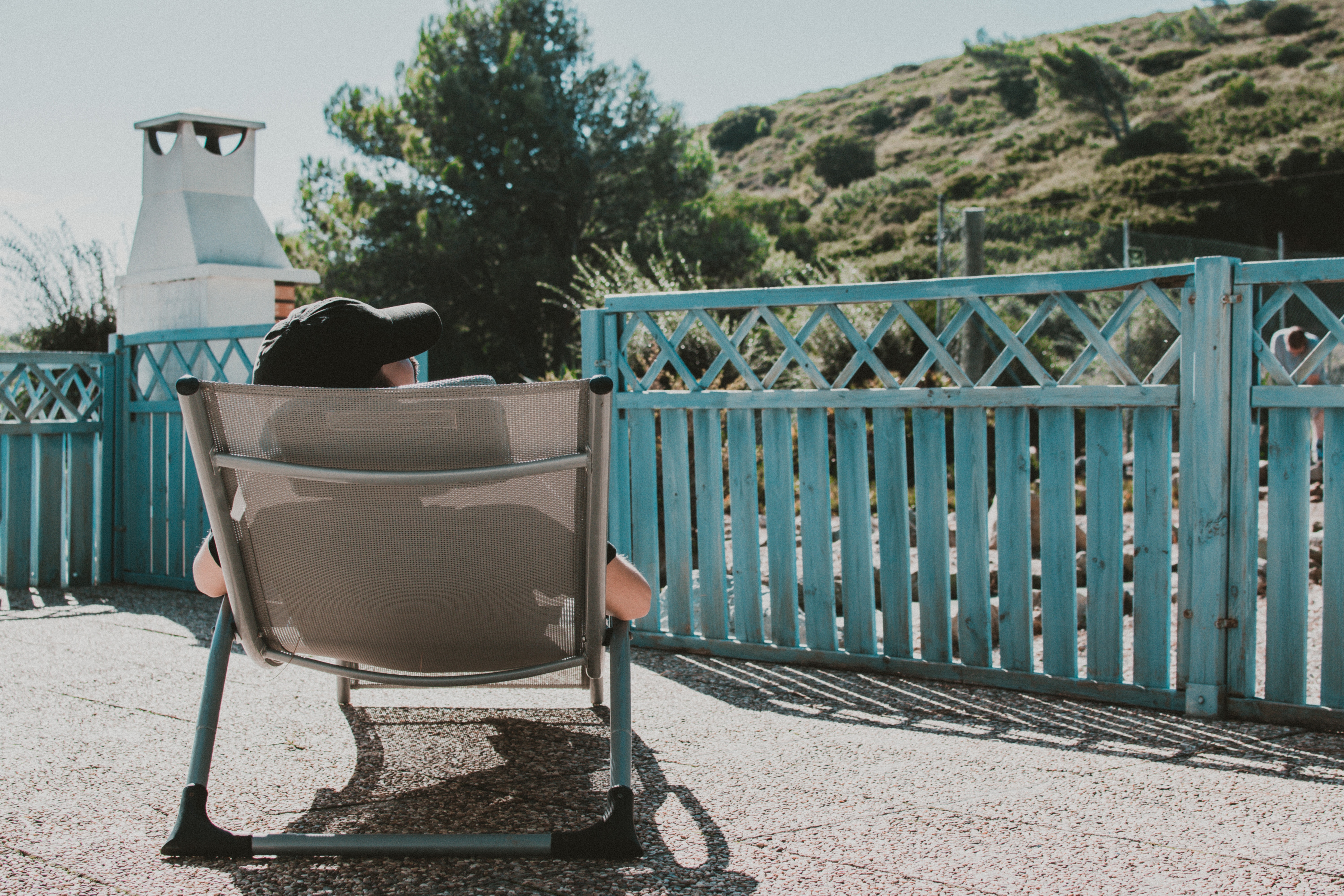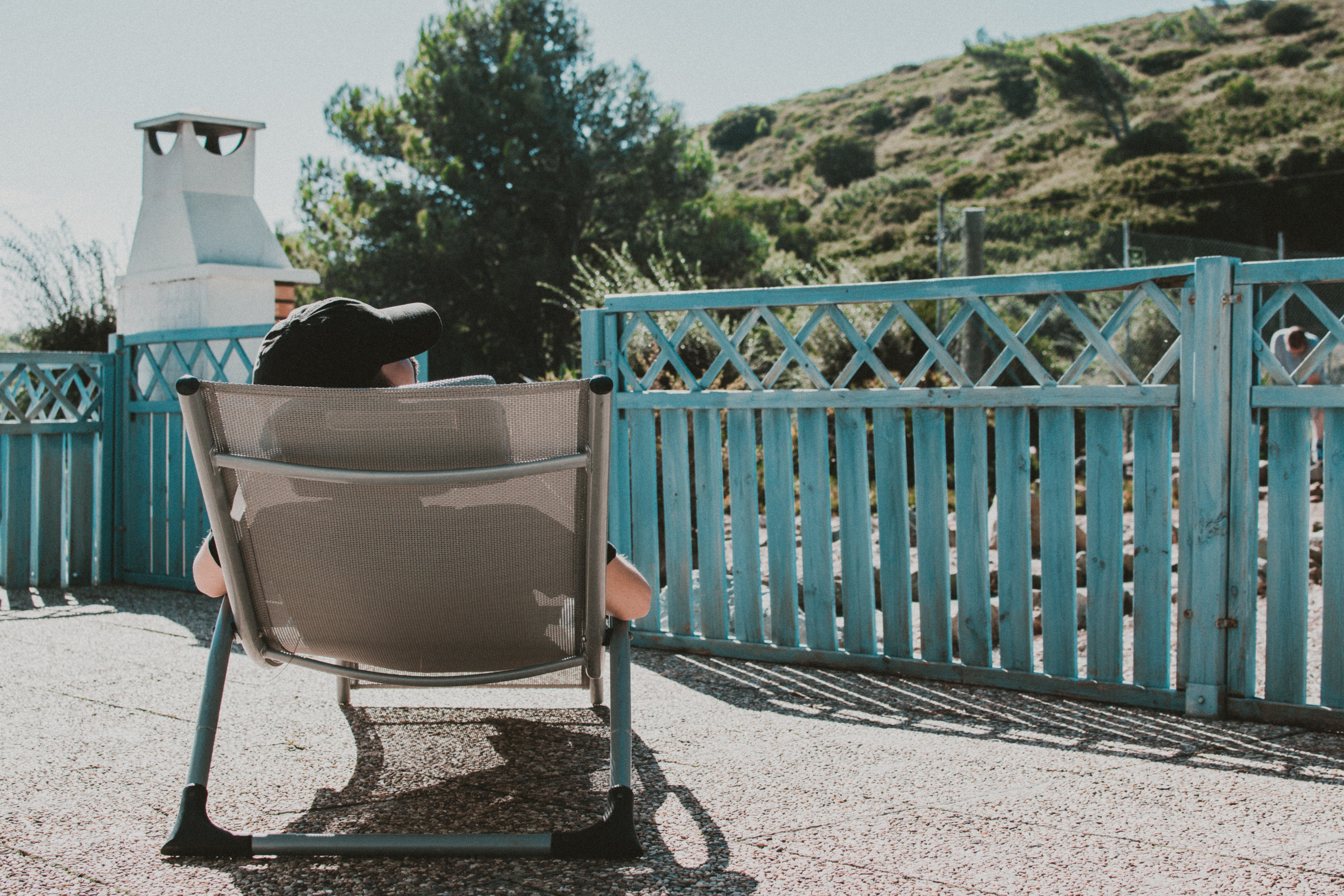
It’s at this time of year, post-Spring Equinox and with the average temperatures slowly beginning to rise, that our thoughts inevitably turn towards bank holiday getaways and summer holidays. And with that, it’s one of the most popular types of destination for many people looking for a change of scene (to banish the winter blues once and for all), which might, potentially, present the greatest risk with regards to a particular danger which could lie in wait. Traditional holiday and caravan parks are seen as a haven for family fun and frivolity, yet beneath the happy, smiley surface could lurk a rather unpleasant threat to public health. One which needs flagging up before the 2019 season gets into full flow.
As a form of pneumonia which can be fatal when underlying health issues also come into play to aggravate, Legionnaire’s disease is the physical manifestation of legionella bacteria; when it’s contracted by humans as a result of finding themselves exposed through no fault of their own. Legionella bacteria can take root and multiply in any system where water is stored at temperatures which encourage growth of the contaminant, including water tanks, hold and cold water systems, calorifiers and pools and spas. All of which – as both structural assemblages and often, leisure-based installations – can be found in holiday parks throughout the UK.
But of course, while the threat of legionella bacteria forming in such dark recesses is one which won’t necessarily go away (yet with constant vigilance can be reduced dramatically) , there are however numerous measures which can be taken to ensure that the risk is a nominal one. Which is where a robust and comprehensive approach - and subsequently practiced protocol – to legionella is paramount; the responsibility of which falls under the jurisdiction of the holiday park owners and management.
Why are Holiday Parks Seen as Places Which Require Special Consideration When it comes to Legionella Bacteria?
There are a number of individual factors which make holiday and caravan parks a slightly different proposition than other environments, which themselves would be classed as prone to the unseen threat associated with legionella. With direct reference to holiday and caravan parks though, we’re referring to significant scenarios which can quickly impact on the health and safety of such sites, and include seasonal variations in demand for water, the presence of more sizeable volumes of stored water and tank-fed drinking water and the all-important management of spa and swimming pool complexes, both during and off-season.
By virtue of their very nature, holiday parks and caravan sites witness far more frequency of use during the summer months, while the winter they often lay pretty much dormant. In this instance the prospect of stored and stagnant water becoming a veritable breeding ground for legionella bacteria, is ramped up; more so when the temperatures start to steadily climb again in the spring. Bearing this very much in mind, it’s therefore crucial that areas such as swimming pools, shower blocks and laundry rooms are all legionella risk assessed to determine the status quo then and there. And instigate any further inspections and/or cleansing procedures which require setting in motion to counter any recognised threat.
For the record, legionella thrives in temperatures ranging from 20-45°C, and with recent summers seeing the barometer nudge (and go beyond) the 30°C mark, means legionella has the ideal environment in which to populate should it go unnoticed.
What Practical Steps can Holiday Park Owners Take to Diminish Threat Posed by Legionella Bacteria?
We’re not necessarily looking at wholesale changes or structural revisions, more a case of adopting rudimentary preventative actions early doors in the season, as opposed to reacting to any unseemly issues which may arise further into the year. To get the ball rolling, performing a legionella risk assessment is the most thorough – and universally recommended – means by which to ascertain if there’s any problems behind the scenes. And thereafter, being aware of/professionally guided as to what happens next and ultimately determining how the risk can be reduced, if not nullified in its entirety.
Once the state of play is confirmed, holiday and caravan park owners/operators can task third parties with carrying out any remedial works which need looking at, for example the cleaning/disinfecting/flushing of water tanks (systems) or any plumbing/pipework alterations. Other more typical maintenance work which will more often than not be directed by the powers that be include showerhead descaling and disinfection and the descaling of water cylinders and calorifiers (ideally on a quarterly basis). Which we’ll expand on further below.
- Cleaning and Disinfection of Cold Water Storage
It’s common practice for caravan and holiday parks to hold a reservoir of cold water underground; and if not beneath the surface, then more than likely located outdoors. Essentially, the majority of the site’s water-based utilities will feed off this storage facility. So as to conform to water treatment stipulations, annual inspections are enforced by current legislation to determine whether or not the tank (and its ancillary parts which distribute the water) need cleaning/flushing out. Exposed to fluctuating land and air temperatures, stagnant water can provide the perfect breeding ground for legionella; and in a volume which can lead to an outbreak of Legionnaires’ disease if the early warning signs aren’t identified. Flushing out of less-used outlets, along with applying insulation to manage temperature, having opposing inlets and outlets, ensuring that overflows, vents and warning pipes remain in sound condition and employing a close-fitting lid all play an integral role in legionella risk prevention in holiday parks.
- Keep Stored Water to More Manageable Levels
Here’s the science bit. The reduction of volume of stored water in a tank during the off-peak (or low) seasons which better reflects public/guest demand, will help to stop stagnation in its tracks. The best way of putting this theory into practice, is to fit electronic tank level switches to a closed water system, which governs capacity.
- Descaling/Disinfection of Showerheads
Aerosol sprays which release airborne droplets of contaminated water (via conventional showerheads) are regarded as a prime source for contracting Legionnaires’ disease. Therefore it’s critical to regularly dismantle, clean, descale and disinfect said points of human contact, on a quarterly basis in a holiday park.
- Cylinders and Calorifiers Should be Descaled Too
Limescale deposits accumulating within the confines of a hot water cylinder (or calorifier) can cause havoc in terms of the economy of a water storage system. However beyond this, the health implications can be equally concerning. As a by-product of a reduced water flow and poor temperature control, legionella bacteria is given carte blanche to claim the territory if left un-tackled.
- Existing Building Revisions or New Builds
Should any of a holiday or caravan park’s building undergo a refurb or a new standalone facility, then to be legally compliant the owners/operators of the site must flush out and disinfect any new/revised water systems; in accordance with British Standard 8558 and current water regulations.
In Terms of Timescales, When Should Holiday Park Management Teams Carry Out On-going Maintenance Schedules?
Throughout the course of the primary holiday season, without question. According to water treatment specialists, it’s imperative that monthly monitoring of water storage facility temperatures are undertaken and the results logged, whereas more infrequently used outlets will require flushing out on a weekly cycle so as to minimise the risk of stagnation while ensuring optimum temperature control is achieved. Meanwhile, showerheads should, ideally, be checked on a quarterly basis, and drinking water supplied from cold water storage tanks needs to be examined and tested routinely to make sure that it’s acknowledged as being safe for human consumption at source.
As we’ve already highlighted, the most effective way in which post-holders responsible for safeguarding the health interests of holidaymakers in Britain’s caravan parks can ensure that they’re upholding their duties and promoting a rigorous application of their remit, is to recognise and continually monitor water temperatures in situ. Hot water needs to be stored at 60°C (in the confines of cylinders/calorifiers), and must achieve 50°C at all outlets within 1 minute of running the tap. Cold water on the other hand must be stored at below 20°C; and not exceed 20°C within 2 minutes of running the tap as a general rule of thumb to adhere to.
What Might Happen if a Holiday Park is found to be Negligent in their Legionella-avoidance Practices?
Quite a lot, if we’re being honest. As well as the impact it can have on a business, there is the more far-reaching matter of potential deaths in extreme cases. From severe fines through to charges of involuntary manslaughter, the risks certainly outweigh the time, trouble and costs involved in shoring up your defences against the threat of legionella, if you run a holiday or caravan park.
If you still need further proof, then we’ll point you in the direction of a recent episode of negligence, which resulted in a holiday park being prosecuted for what the judge described as ‘serious legionella failures’. The upshot of which, left one individual dead (a court heard), after their stay at a former Pontins Holiday Centre in Lancashire. Having being exposed to the legionella bacteria, the deceased developed pneumonia and was later diagnosed with Legionnaires’ disease; the latter of which was said to be the clinical cause of their demise.
Apparently the same room in which the individual had stayed in, another guest had fallen ill in a few months earlier; and which lead to another hospital admittance, from which that person recovered. The prosecutor deemed that the water temperatures were such that; “it promoted the proliferation of the bacteria”. And was ergo was in breach of legal jurisdiction.








